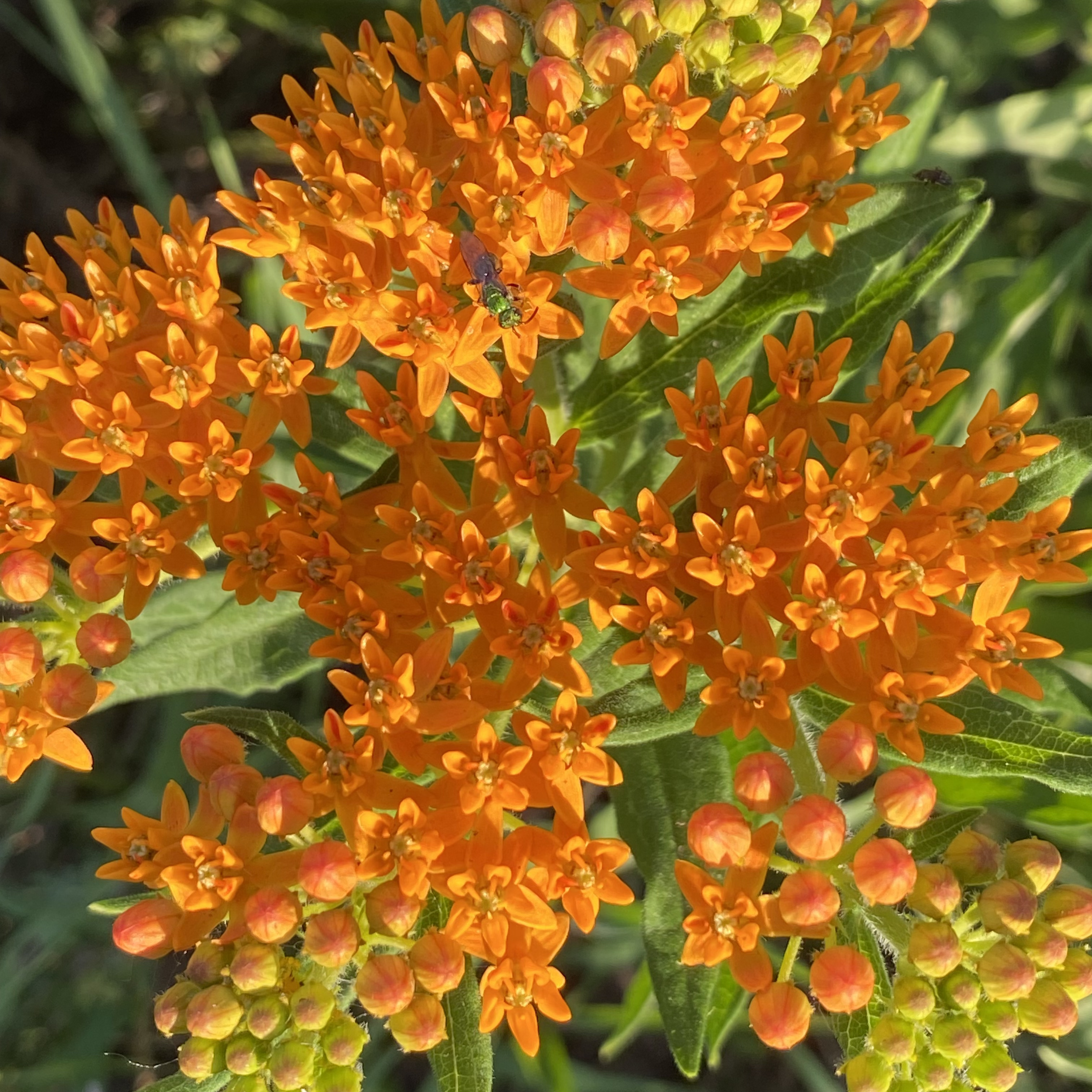
Welcome
Your go-to resource for planning and cultivating beautiful Illinois native gardens! Our mission is to help you create beautiful, and diverse landscapes that thrive in harmony with the local ecosystem. Whether you're a s easoned gardener or a complete beginner, our comprehensive guides, expert tips, and user-friendly tools will assist you every step of the way. Embrace the beauty of native plants and transform your outdoor space into a haven for local wildlife. Join us in promoting biodiversity and environmental stewardship, one garden at a time.
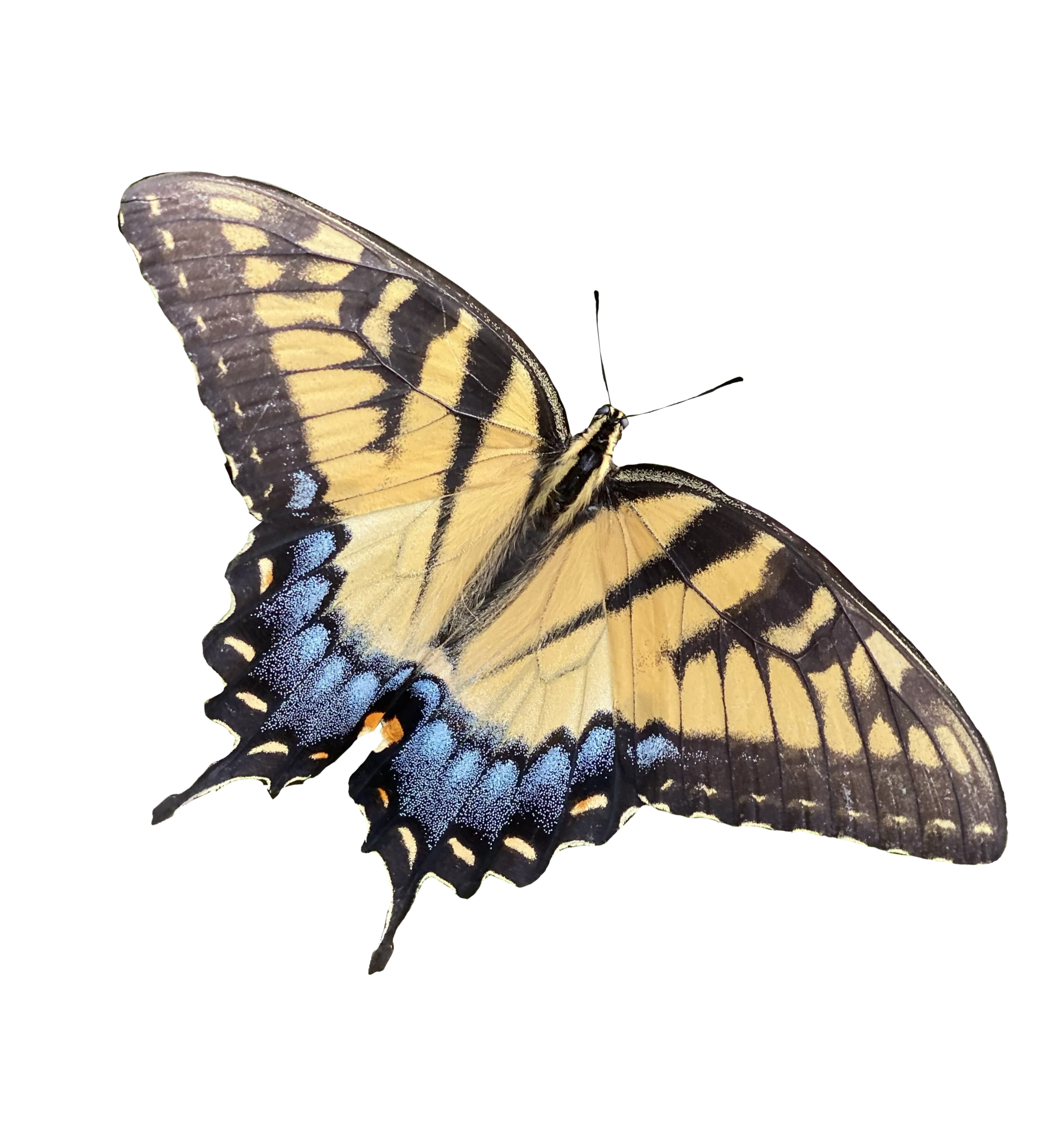
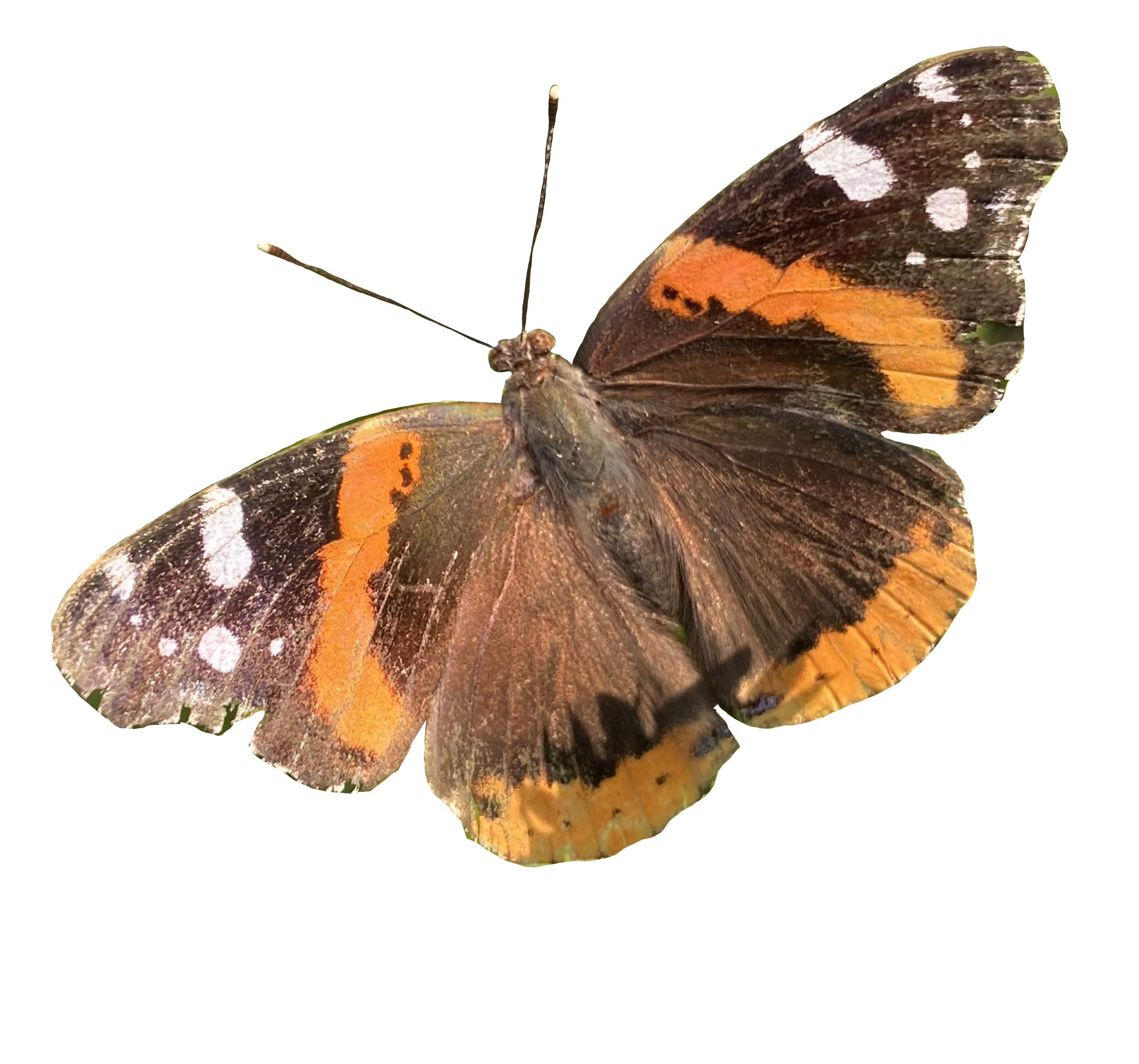
Start Planning Your Native Garden Today!
Our easy-to-use garden planner will guide you through every step of designing your perfect native garden. From selecting the right plants to creating a layout that maximizes growth and beauty, we've got you covered.
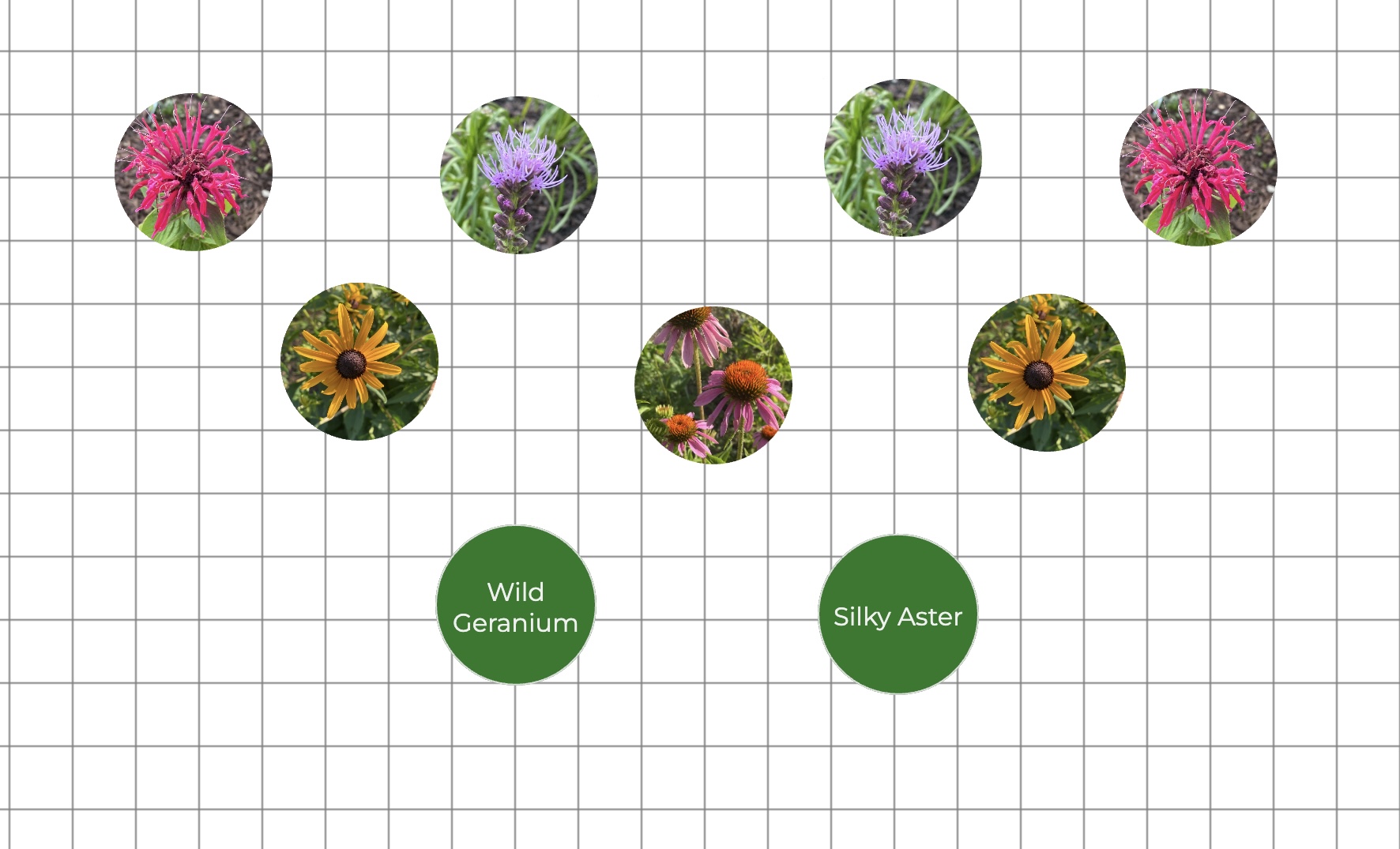
Explore Our Native Plant Catalog
Browse our extensive database of native plants to find the perfect species for your garden. Learn about each plant's growth requirements, benefits, and how they support local wildlife.
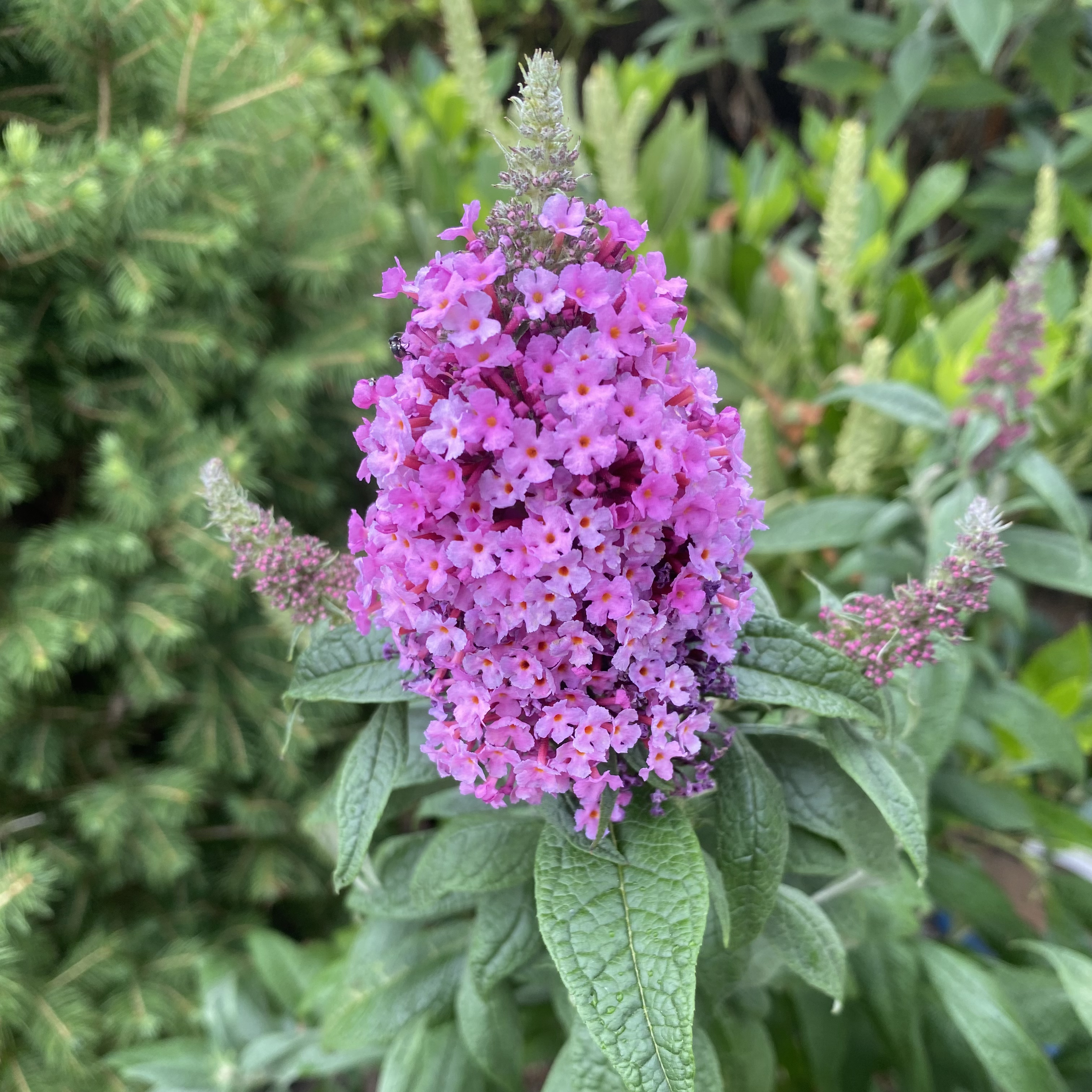
Avoid Invasive, Plant Native!
Many big box stores and garden centers sell plants that may seem attractive but can become invasive in local ecosystems. Invasive species, once introduced, can outcompete native plants, disrupt habitats, and negatively impact biodiversity. It's crucial for consumers to be informed about the potential risks of purchasing and planting invasive species. While these plants may be readily available and visually appealing, their introduction into gardens and landscapes can have long-term ecological consequences. By choosing native plants or non-invasive alternatives, gardeners and landscapers can help protect local environments and promote biodiversity. Awareness and responsible plant selection are key in preventing the spread of invasive species and preserving our natural ecosystems.
Bee House Buzz
Bee houses, also known as bee hotels or bee habitats, are structures designed to provide nesting sites for solitary bees. These bees are vital pollinators and creating a suitable habitat can help support local ecosystems.
Requirements for Bee Houses
- Placement: Place bee houses facing east or southeast to receive morning sun and protect them from strong afternoon heat.
- Location: Install bee houses at a height of about 3-5 feet above ground level, securely fastened to a stable structure.
- Protection: Ensure bee houses are sheltered from strong winds and rain, ideally under an overhang or roof.
- Materials: Use natural materials such as untreated wood, bamboo, or reeds to create nesting tubes of varying diameters.
- Maintenance: Regularly clean and replace nesting materials to prevent mold and parasites, especially at the end of each season.